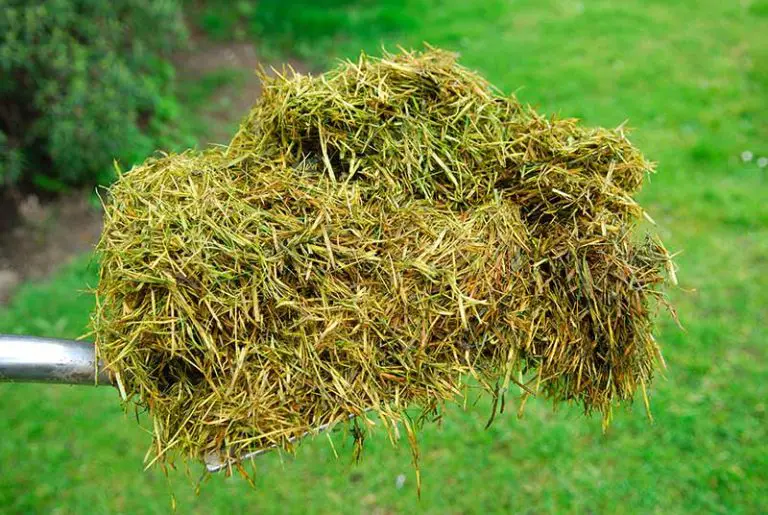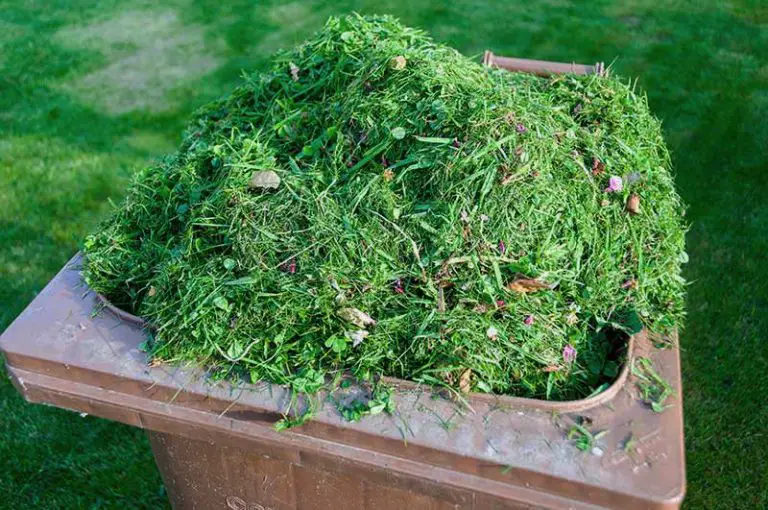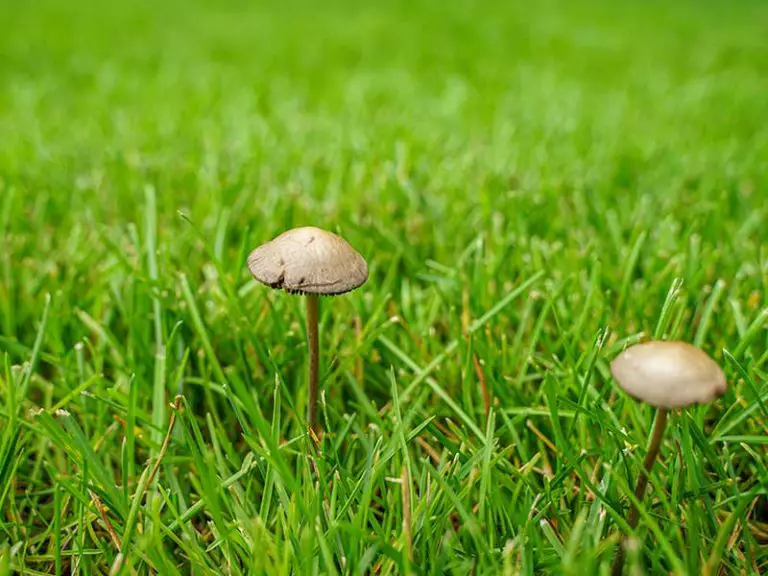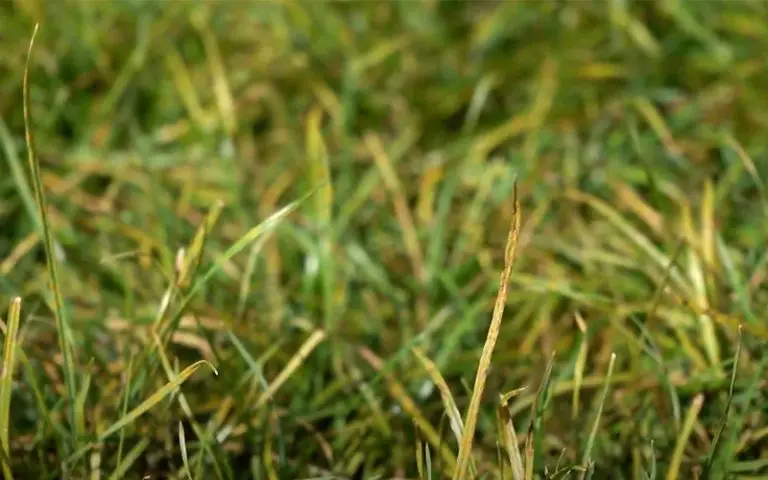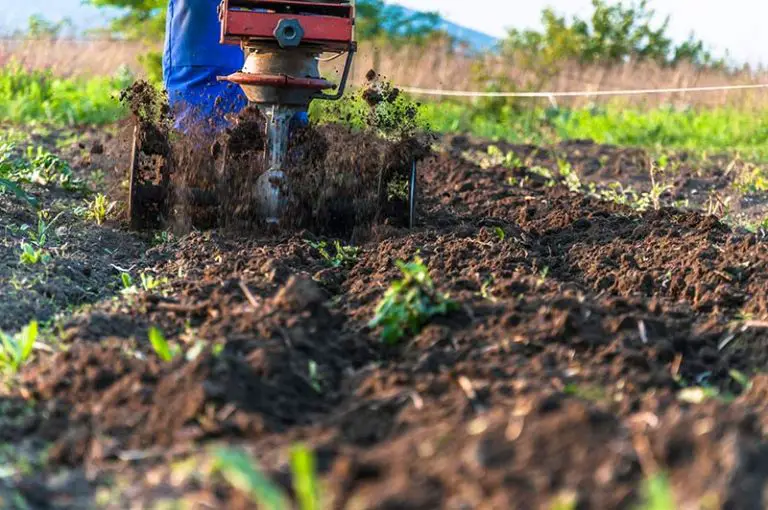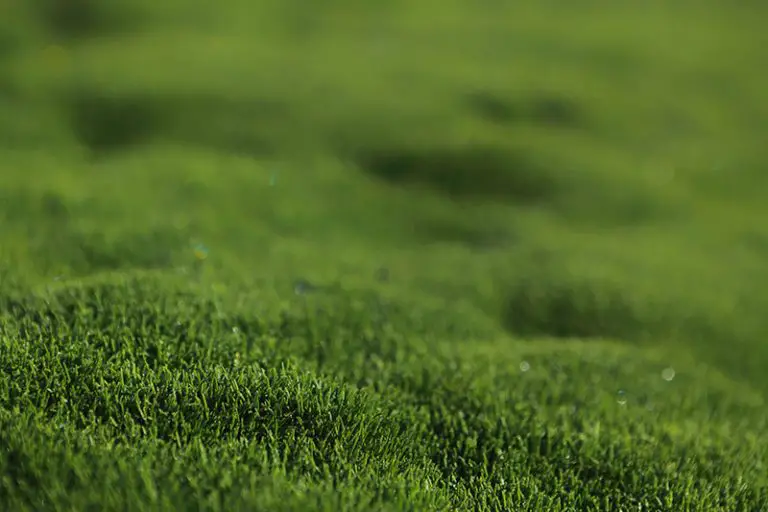How to Aerate a Lawn
Over time, it’s inevitable that the soil in your lawn will become hard, compacted, and overgrown with thatch. This can have a disastrous effect on your grass plants, as they need plenty of access to air, water, and nutrients to keep growing green healthy blades. At this point, you need to step in and aerate your lawn, before your grass plants suffer any further from the impact of compacted soil and heavy thatch.
Lawn aeration is the process of loosening the soil by removing small plugs of dirt, creating pathways that enable grass plants to have better access to the vital elements they need to grow. Aeration is often carried out in tandem with dethatching and is also key to significantly improving the effectiveness of overseeding and fertilizer applications.
Read on to learn more about the benefits of lawn aeration, in addition to a step-by-step guide on how to aerate a lawn for thicker, greener, healthier grass.
What is Lawn Aeration?
Lawn aeration is the process of creating small holes throughout the soil in your lawn by removing plugs or ‘cores’ of dirt with the use of specialized aeration equipment. This process loosens up the soil and enables water, air, and fertilizer to be able to penetrate deeply into the soil and reach the grass plants’ roots. You can aerate a lawn by using one of two methods: either by tine or spike aeration, or the more effective and commonly adopted method of core or plug aeration.
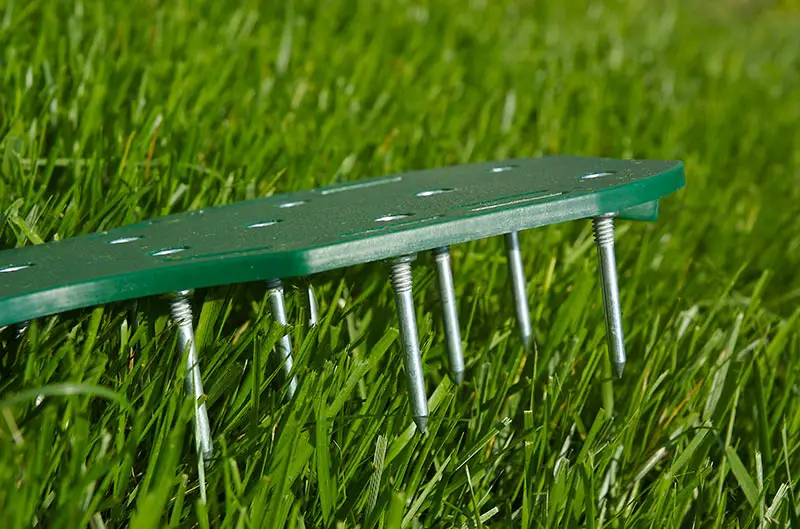
Why Aerate a Lawn?
Lawn aeration provides instant and lasting benefits for the condition of your soil. Aeration helps to loosen compacted soil, breaks up the thatch layer, reduces weed growth, and improves the success of fertilizing and overseeding efforts.
Loosens Compacted Soil
Lawn aeration can significantly improve the condition of any grass trying to grow in compacted or hard dirt. In order to grow into thick grass that has deep, strong roots, grass plants need to have access to air, water, and a range of beneficial nutrients in the soil. When soil becomes compacted, it closes up the small spaces necessary for the grass roots to be able to access and absorb these essential nutrients, which prevents the roots from being able to properly nourish the growing blades. Even a layer of compacted soil that’s only ¼ to ½ inch thick can majorly impact the health and beauty of a lawn.
In compacted soil, grass plants are deprived of their basic needs. This makes the grass in your lawn far more vulnerable to the effects of stressful conditions, such as high temperatures or low rainfall, and causes the plants to lose their rich, healthy green color. If the problem is left to worsen, grasses in compacted soil will gradually start to thin, turn yellow, and will ultimately die out completely.
Breaks Up Thatch Layer
Gardeners trying to combat overgrown thatch will often aerate their lawn as part of a dethatching job. Thatch is the name for the matted layer of living and dead organic material that sits on the soil at the base of the grass plants’ blades. This spongy brown layer forms when organic matter and debris accumulates faster than it’s able to decompose.
Thatch development is inevitable, and a small amount of thatch (around ½ inch thick) can actually be beneficial for your lawn, helping plants to retain moisture and improving their resilience to fluctuations in temperature. However, when thatch is left to become 1 to 2 inches thick or more, it starts to interfere with the growth and health of your grass plants, and will cause areas of your lawn to gradually turn yellow or die off completely. Some choose to aerate a lawn in order to break up the thatch as an alternative to the actual process of dethatching.
Better Seed to Soil Contact
When overseeding, gardeners will often choose to aerate the lawn too. This is because the holes left behind from the aeration process improves the amount of seed-to-soil contact of newly sown grass seeds, providing them with the optimal soil conditions for fast growth into healthy grass plants. Aeration also helps to fill in thin, small areas of grass in your lawn.
Improves Effectiveness of Fertilization
Lawn aeration helps to improve the effectiveness of any fertilizer you use to fertilize your lawn. After aerating the lawn, the small holes left behind in the loosened soil enable fertilizer to reach further down into the ground and enrich the soil to a deeper degree. The fertilizer has more of an impact on the growing grass plants at this level, so it’s a good idea to aerate a lawn before carrying out any fertilization jobs.
Reduces Weeds
Aerating a lawn can also reduce the presence of weeds. Having a thick, healthy lawn is the best natural method of staving off weeds, as thick grass will choke out a lot of unwanted growth. Remembering to regularly aerate your lawn will improve your grass’ overall health and thickness, thus improving its ability to naturally keep weeds at bay. Keeping up with this schedule may reduce your need to apply weed control products over time.
When to Aerate a Lawn
It’s necessary to aerate a lawn if the soil in it is currently suffering from the effects of soil compaction and/or overgrown thatch. Aeration is often carried out in tandem with dethatching.
When Soil Becomes Compacted
Soil compaction happens more easily than you may think; it doesn’t just occur as a result of heavy vehicles or equipment being driven on the lawn, but also as a consequence of general foot traffic from people and pets using the lawn.
If you make any kind of use of the lawn area, it’s inevitable that some or all of the soil will become compacted over time and aeration will become essential. Furthermore, those who live in areas with naturally clay-heavy soil will need to aerate their lawn every year to prevent their grass from becoming thin and weak.
When There’s a Build Up of Thatch
Having a layer of thatch that’s around ½ inch is ideal, but you will need to take action when the thatch becomes 1 inch thick or more. The speed at which thatch accumulates in your lawn is dependent on a number of different factors to do with the quality and biological makeup of your soil.
You should measure the amount of thatch currently under your grass to determine whether it would be a good idea to dethatch in addition to aerating the lawn. It’s a common practice to do these two activities in tandem with each other to hit every base when trying to improve the quality of a lawn’s soil.
When is the Best Time to Aerate a Lawn?
The best time to aerate a lawn is during the most active season of growth for your grass species, which depends on whether you have a warm-season grass or a cool-season grass. Aerating your lawn during this time ensures that your grass will make a quick recovery from the stress of the aeration process.
- For warm-season grasses: aerate in the late spring to early summer, as this period of active growth will ensure that the holes left behind from the process will fill in quickly.
- For cool-season grasses: aerate in the early fall, as the low temperatures and reduced competition from weeds means the grass will be able to recover quickly. Make sure you time the aeration so that there will be at least four weeks of growing time before the first frost sets in. Spring is the second best time to aerate lawns with cool-season grasses.
You should never attempt to aerate your lawn during the dormant season for your grass species. Doing so will leave patches of your lawn without grass, as during it’s dormant months, the grass will fail to spread or fill in the holes left behind from the aeration process. Make sure to aerate when you expect there to be at least three or four weeks of favorable growing conditions following the process. As a further note, it’s best to aerate after rain when the ground is only slightly damp, as opposed to aerating when the ground is dry.
How Often Should You Aerate Your Lawn?
You’ll only need to aerate your lawn once a year if it’s otherwise healthy and in a reasonably good condition. If your lawn tends to suffer from hard, compacted dirt, or has accelerated thatch buildup due to any other external factors, you should aim to aerate twice a year.
When deciding your aeration schedule, refer to the previous section to know when the best time to aerate a lawn is for your grass type.
Types of Aeration Equipment
There are a few different tools you can use to aerate your lawn. These include spike aerators, slicing aerators, or the most common tool, core aerators.
Spike Aerators
Spike aerators are designed to break up the layer of thatch and soil compaction by piercing small holes down into the ground. This type of aeration equipment comes in several different forms, including tools that look similar to pitchforks, spike rollers, and spiked shoes that you can attach to your feet and aerate your lawn by walking on it. These are the favored choice of many gardeners as they are the cheapest and most simple method of lawn aeration, however some argue that they are the least effective method and that they can actually worsen compaction by pressing together the soil between each hole. Make sure to do thorough research into this method before trying it, and check the reviews for the spike aeration tools you intend to use before you purchase them.
Slicing Aerators
Slicing aerators provide a similar method of aeration as spike aerators, but differ in that they tend to look more like lawn mowers and have a set of mechanical rotating blades. The blades slice through the thatch and soil, loosening the soil and creating the spaces needed by plants to grow as they go. You can find relatively inexpensive slicing aeration equipment, but again, these tools are a source of debate amongst gardeners on how effective they are against compaction.
Core Aerators
Core or ‘plug’ aerators are the most popular type of aeration equipment as they enable the most effective method of lawn aeration. As opposed to pushing the soil down into the ground using a spike or a blade, core aerators pull small plugs of soil up and out of the ground using hollow tines. The plugs of soil drop onto the surface of the lawn, where they remain to add extra nutrients to the soil when they start to decompose. Core aeration equipment comes in several different forms, including tools that can be towed behind a mower, manual tools, and commercial sized gas-powered machinery that can be rented from garden stores.
How to Aerate a Lawn
Step 1: Water Lawn
Water your lawn thoroughly a day or two before you plan to aerate it. Add at least 1 inch of water, or enough so that the top layer of the soil is moist without being too soggy. Dry soil will make the aeration process far more laborious than it needs to be, so damp soil is what you should go for at this stage.
Step 2: Mark Out Irrigation Heads
Mark out the location of any irrigation heads, lines, and other hidden or buried objects in the lawn with brightly colored flags or posts before you start aerating. The aeration equipment, particularly the motorized tools, can cause some serious damage if run over anything important, so make sure to complete this step to avoid any disasters.
Step 3: Aerate Lawn
Either rent or purchase your aeration equipment of choice (refer to the previous section if you’re unsure which equipment you should use). Start running the equipment across your lawn. It’s typically recommended to remove as many cores as possible, which works out to about 20 to 40 cores per square foot, with each core reaching a depth of 2 to 3 inches.
If you have trouble creating enough holes in the soil after one pass of the equipment, try going over the area a few more times in different directions until you reach a sufficient amount of holes. Some patches of soil may be more compact than others, so focus your efforts on going over those areas specifically rather than going over the entire area multiple times for the sake of one difficult patch.
Step 4: Leave Soil Plugs Behind
Skip this step if using the spike aeration method.
Leave all of the leftover soil plugs created by the core aeration process on the surface of the lawn. As tempting as it may be to pick them up and improve the look of your lawn straight away, it’s far more beneficial for the health of your lawn to leave them as they are. The plugs will gradually decompose and the soil will work its way back into the ground, naturally enriching the rest of the soil with an extra boost of nutrients.
What to Do After Lawn Aeration
After aerating, your lawn is in the ideal condition for overseeding, watering, fertilizing, and/or the application of a weed killer. See our article What to Do After Aerating a Lawn for full guidance on how to make the best of your freshly aerated lawn.

